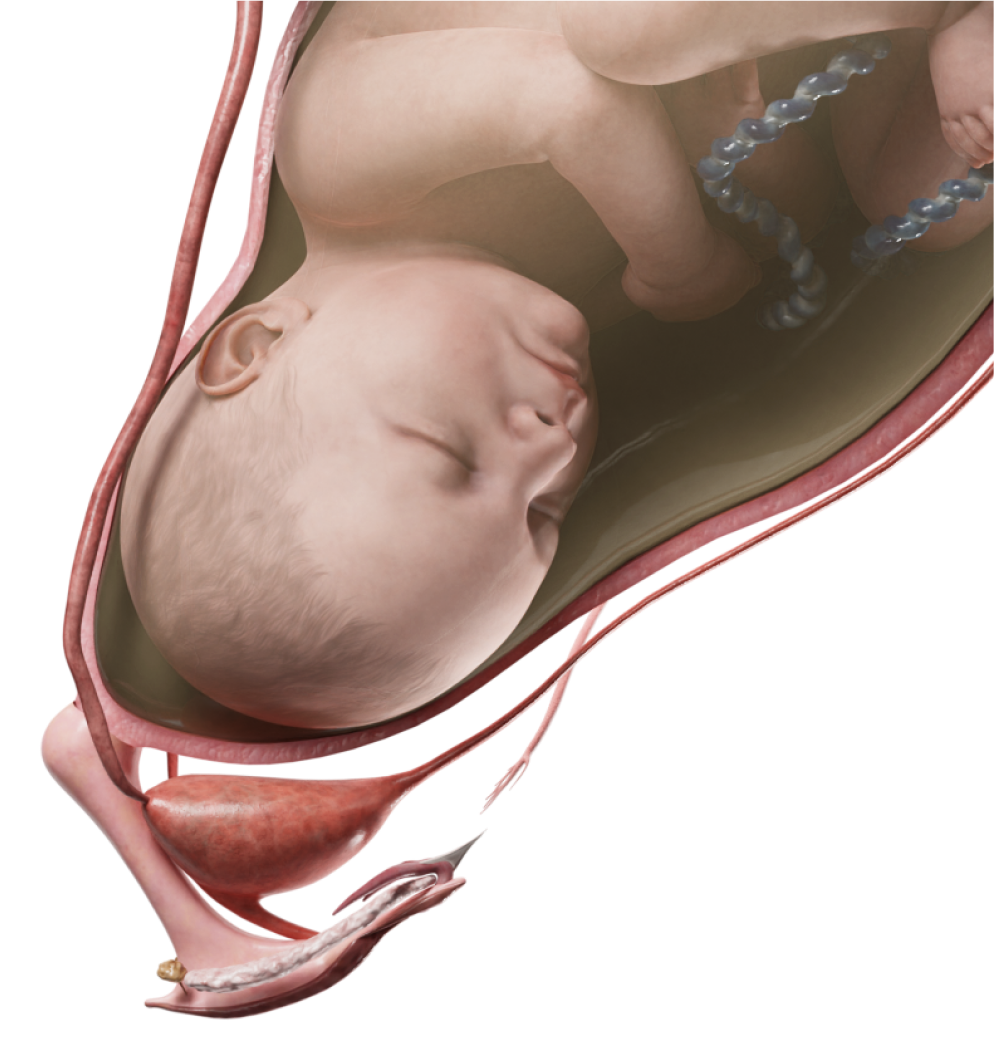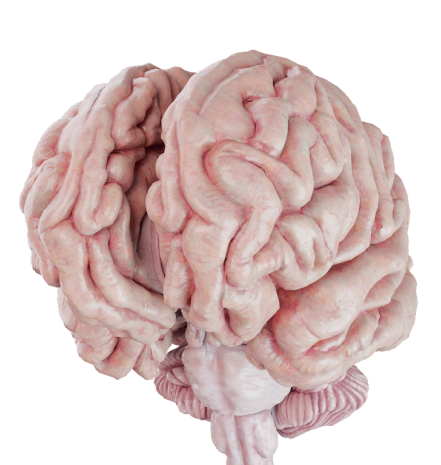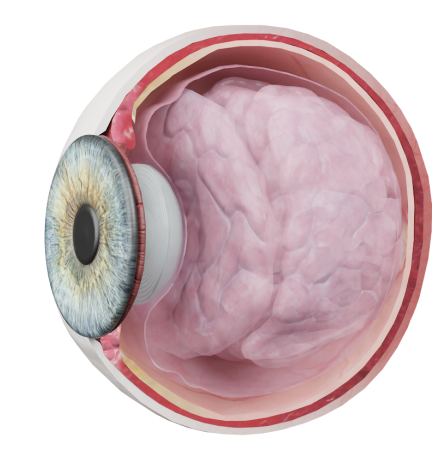Paraganglioma
Carotid body paraganglioma (CBP), also known as chemodectoma, is a rare neuroendocrine tumor of the neck that originates from the paraganglionic cells of the carotid body. In the vast majority of cases, it is a benign neoplasm.
Etiology and Pathogenesis
Among the well-established risk factors, both genetic predisposition and chronic hypoxia play significant roles. These factors are typically associated with certain types of CBP, such as familial and hyperplastic.
In familial CBP, mutations have been identified in four genes encoding the succinate dehydrogenase (SDH) enzyme. A defect in SDH synthesis leads to an intracellular accumulation of hypoxia-inducible factors (HIF) and vascular endothelial growth factors (VEGF), ultimately resulting in hyperplasia, angiogenesis, and neoplasia.
The hyperplastic form is more common in patients with chronic hypoxia, such as those living at a high altitude. Patients with chronic obstructive pulmonary disease (COPD) or congenital heart defects are also at risk of developing this type of CBP. It is suggested that an overstimulated carotid body in these patients may lead to hyperplasia. However, the exact mechanisms behind this process remain unclear.
CBP is most commonly found at the carotid bifurcation, which is in close proximity to both the carotid arteries and cranial nerves X–XII. For this reason, the tumor can cause various symptoms (see section Clinical manifestations).
Statistically, bilateral lesions account for approximately 5–10 % of all CBP cases. Although CBP is usually benign, some studies suggest that up to 10 % may be malignant. There is also some data indicating a higher incidence in females.
Classification
W.R. Shamblin proposed a classification system that divides chemodectomas into three types:
- Type I: Localized tumors (less than 3.5 cm), loosely attached to the arterial walls.
- Type II: Tumors (between 3.5 and 5 cm), partially encircling the carotid arteries with tighter adherence to the arterial walls.
- Type III: Tumors (larger than 5 cm), fully encircling the carotid arteries and/or nearby vessels and nerves, with tight attachment to these structures.
Chemodectomas can also be categorized by etiology:
- sporadic (up to 85 % of cases),
- familial (10–15 % of cases),
- hyperplastic (1–5 % of cases).
Clinical Manifestations
CBP may remain asymptomatic for a long period of time. As it grows, patients may complain of swelling (often pulsatile) in the region of the sternocleidomastoid muscle, hoarseness, dysphagia, and tongue numbness. Symptoms related to catecholamine secretion, such as palpitations, episodic hypertension, sweating, headaches, and tremors, are also common.
Diagnosis
- Doppler ultrasound: This method makes it possible to visualize the tumor, identify its position relative to the adjacent structures, and assess blood flow in the nearby vessels.
- Computed tomography (CT) and magnetic resonance imaging (MRI): These imaging modalities are useful for evaluating tumor size, anatomy, tissue density, and the extent to which the carotid arteries and adjacent structures are involved. They also help differentiate between benign and malignant forms and detect hidden metastases. In some cases, a 3D-model can be created to assist in surgical planning.
- Angiography: This technique helps assess the need for preoperative embolization and its feasibility.
Treatment
Surgical intervention remains the mainstay of treatment. All type I and most type II benign chemodectomas are typically excised; during the procedure, any vessels and surrounding structures are spared.
In cases where the tumor has significantly invaded the carotid artery walls or when dealing with malignant forms, radical resection is performed, followed by carotid artery reconstruction (using surgical repair techniques or prosthesis).
Preoperative embolization can be an effective way to reduce intraoperative blood loss in some cases; however, this procedure is associated with potential complications and should be considered on a case-by-case basis.
Malignant CBP may require chemotherapy or radiotherapy.










